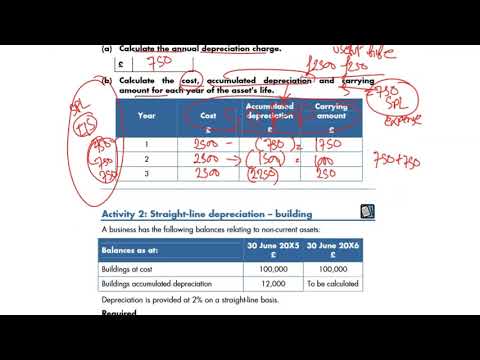Break Even Point BEP Formula + Calculator
Content

And when sourcing new products to add, estimating the contribution margin provides an accurate and actionable look at how the product will contribute to the overall business profitability. Sales, net sales, or revenue are all common names for the money brought into a company through the sale of goods or services. Profit will only be earned if fixed costs are lower than the contribution. Once you calculate your contribution margin, you can determine whether one product or another is ultimately better for your bottom line. Still, of course, this is just one of the critical financial metrics you need to master as a business owner.
What happens when contribution margin decreases?
If a product's contribution margin is negative, the company is losing money with each unit it produces, and it should either drop the product or increase prices.
To cover the https://intuit-payroll.org/‘s fixed cost, this portion of the revenue is available. After all fixed costs have been covered, this provides an operating profit. For instance, you can make a pricier version of a general product if you project that it’ll better use your limited resources given your fixed and variable costs. Variable Cost Per UnitVariable cost per unit refers to the cost of production of each unit produced, which changes when the output volume or the activity level changes. These are not committed costs as they occur only if there is production in the company. At 175 units ($17,500 in sales), Leung does not generate enough sales revenue to cover their fixed expenses and they suffer a loss of $4,000. As you can see, when Leung Manufacturing sells 225 Rosella Model birdbaths, they will make no profit, but will not suffer a loss because all of their fixed expenses are covered.
How will you use the break-even analysis?
Fixed costs are often considered sunk coststhat once spent cannot be recovered. These cost components should not be considered while taking decisions about cost analysis or profitability measures.
- However, when CM is expressed as a ratio or as a percentage of sales, it provides a sound alternative to the profit ratio.
- The second method is to divide total fixed costs by the contribution margin.
- Build an understanding of contribution margin, how to calculate it, and the actionable insights it provides for optimizing your decision making.
- Your break-even point in units will tell you exactly how many units you need to sell to turn a profit.
- Profit margin is the amount of revenue that remains after the direct production costs are subtracted.
- Variable production costs are $13.2 per unit and variable selling and administrative expenses are $4.2 per unit.
In reality, it is not that easy to reduce the break-even point. Cutting fixed costs may reduce a firm’s production capacity, while heavy competition may prevent one from increasing prices. Consequently, the actions taken will depend on the circumstances of both the business and the market. Certainly, though, one must have a deep knowledge of the cost structure of a business in order to reduce the break-even point.
Fixed costs
This additional billing for time leakage is the simplest way to get back to even and increase your profitability. If you want to do more than break-even and make a profit, you should understand your contribution margin. Analyzing your contribution margin is the fastest way to get your business to drive profits. The Ascent is a Motley Fool service that rates and reviews essential products for your everyday money matters. Calculating contribution margin is simple math, but there’s a ton of work that goes into formulating your raw product data. To prove that the procedure is correct, go through the steps below.
The Contribution Margin And Break margin is the amount of money a company makes on each sale, after subtracting the cost of goods sold. The second method is to divide total fixed costs by the contribution margin.

Dejar un comentario
¿Quieres unirte a la conversación?Siéntete libre de contribuir!